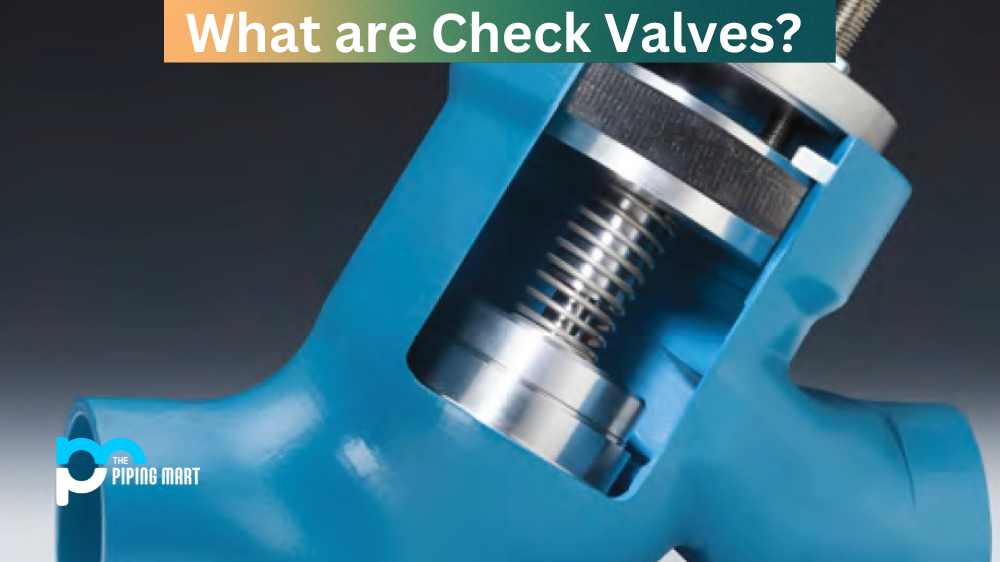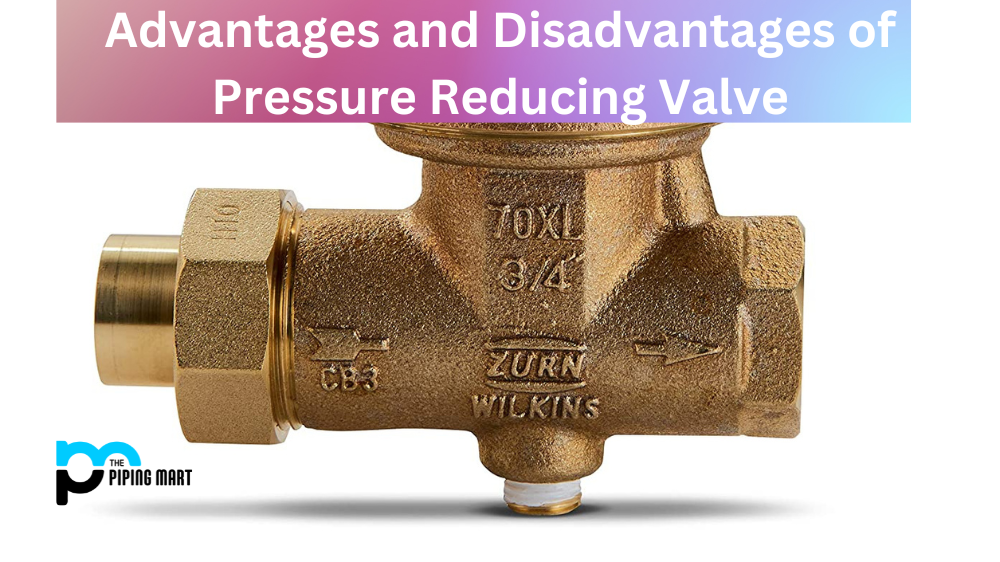Have you ever heard of check valves? Chances are, you had come into contact with them before, whether you knew it or not. Check valves are mechanical devices used to control the flow of liquids and gases in industrial piping systems. In this article, we will explore what check valves are, their properties and their uses so that you can understand how they function in a variety of applications.
What are Check Valves?
Check valves are mechanical devices used to control the flow of liquids and gases in industrial piping systems. A check valve is designed to be a one-way valve, allowing for liquids or gases to travel in only one direction through a pipe or tubing system. These devices have been around for centuries, although their design has improved over time. The modern-day check valve consists of two components – a body and a disc – along with an internal spring mechanism that helps regulate the flow rate.
The purpose of a check valve is to prevent backflow from occurring within the piping system. By controlling the direction of flow, these valves help protect against potential damage caused by backflow or pressure surges within the pipes. The design allows for smooth operation as well as minimal loss in pressure when fluid passes through the pipeline under normal conditions. It also reduces noise levels during operation due to its simple construction and design.
Check Valves Uses
Check valves may not be the most well-known type of valve, but they are incredibly important in a variety of industries. These valves work by allowing flow in one direction while preventing backflow or reverse flow in the opposite direction. This makes them essential in situations where preventing contamination or damage is crucial. For example, they are commonly used in water treatment plants, where backflow could result in contaminated water entering the treatment system and compromising the entire process. Additionally, they are used in oil and gas pipelines to prevent dangerous pressure buildup that could result in explosions. Overall, check valves play a critical role in keeping us safe and protecting our environment.
Check Valve Properties
Check valves can be used in any application where there is a need to control the directional flow of fluids or gases at high pressures. They are especially useful when dealing with compressible fluids such as air or steam because they can help maintain pressure levels within an enclosed system by preventing backflow from occurring outside of the pipe walls. Additionally, they can help reduce noise levels during operation due to their low profile designs which trap sound waves as they pass through the valve body instead of reflecting them off hard surfaces like metal pipes would normally do. Check valves are commonly seen in applications such as water treatment plants, oil refineries, chemical processes, power plants, and many other industrial settings where maintaining safe pressure levels is important for efficient operations.
- A check valve is a device that allows fluid to flow in only one direction.
- Check valves are used in a variety of applications, including pumps, engines, and sprinkler systems.
- Check valves are available in a variety of materials, including brass, stainless steel, and plastic.
- Check valves are classified according to their opening and closing mechanism, such as ball check valves, diaphragm check valves, and piston check valves.
- Check valves are used to prevent backflow and to protect against over-pressurization.
Conclusion:
As you can see, check valves play an important role in any industrial system relying on high-pressure pipelines for operations. They are specifically designed to prevent backflow from occurring within the pipelines while still providing smooth operation at all times without losing much energy along the way due to their unique design features, such as low-profile bodies that trap sound waves instead of reflecting them off hard surfaces like metal pipes would normally do. So if you’re looking for an effective way to maintain pressure levels within your piping system while simultaneously reducing noise levels during operation, then consider using check valves today!

A passionate metal industry expert and blogger. With over 5 years of experience in the field, Palak brings a wealth of knowledge and insight to her writing. Whether discussing the latest trends in the metal industry or sharing tips, she is dedicated to helping others succeed in the metal industry.




